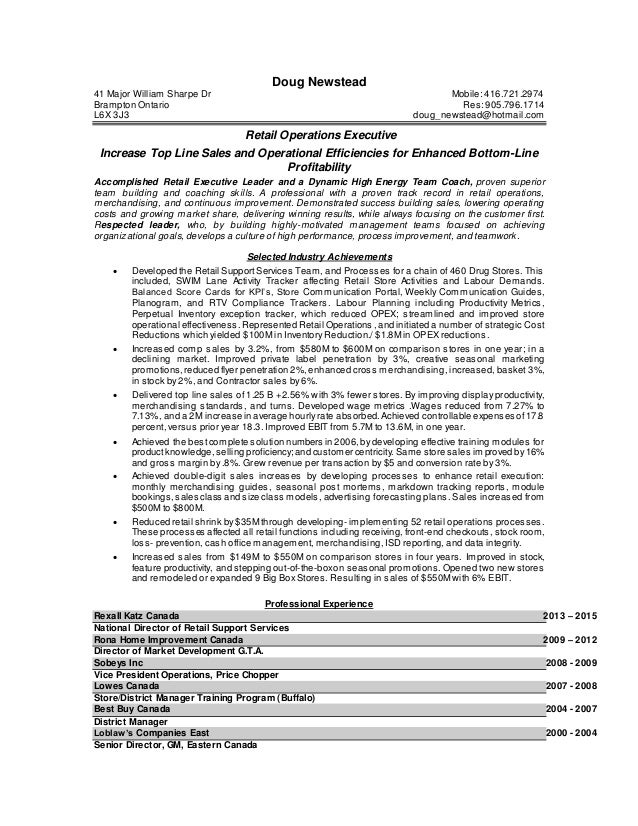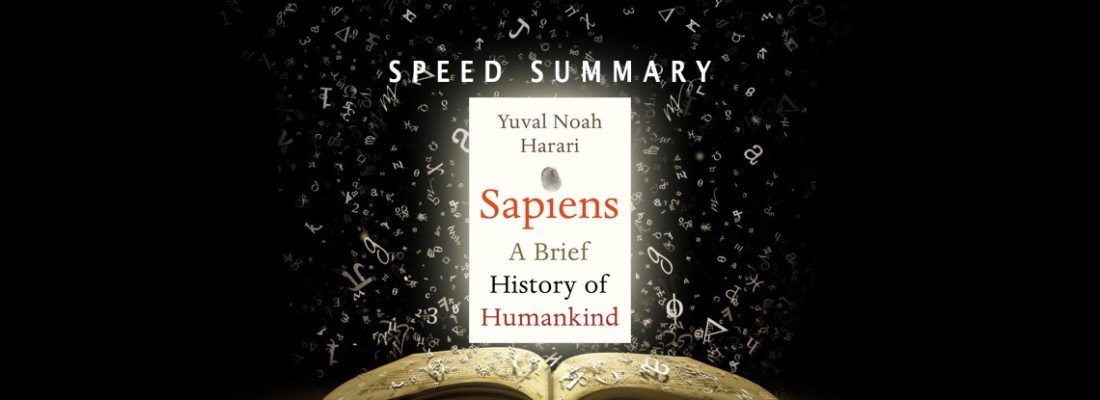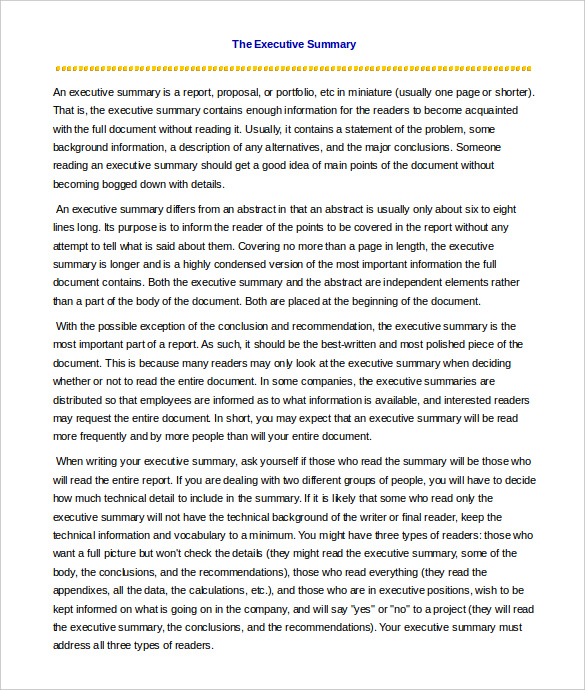Chapter 2.
- From sapiens to “The Son of Man” Empathicus. Like empathy is a decentralization of ego, democracy a decentralization of government, internet decentralizing of info, solar panel dc of energy,. From ego thinking to empathy systemic thinking like parallel processing in the brain. To turn on to be born again.dont get me started;-.
- Summary This book begins by giving a broad overview of the history of the universe. 13.5 billion years ago, matter and energy came into being with the Big Bang. This was the beginning of physics. 300,000 years later, more complex substances, whose properties and interactions are described by chemistry, emerged. 3.8 billion years ago, life appeared, heralding the beginning of biology.
The Tree of Knowledge
H uman beings (members of the genus Homo) have existed for about 2.4m years. Homo sapiens, our own wildly egregious species of great apes, has only existed for 6% of that time – about 150,000. Sapiens 1 Page Summar Kame Paradise Download Game Update On Slime Rancher Mario Kart Wii Iso Camfrog Pro Free Download Serial Topaz Denoise 6 My Wifi Router 3.0 Crack Atividades Maternal Chapeuzinho Vermelho How To Uninstall Utorrent Car Audio Centre Mazda Font Download Laser Engraving Machine. Homo sapiens began doing things that demonstrated a huge leap in thinking ability. They successfully migrated to the Middle East, wiping out the Neanderthals. They spread to Europe, Asia, and even crossed open sea to migrate into Australia. Sapiens (left) vs Neanderthal (right).

IN THE PREVIOUS CHAPTER WE SAW THAT although Sapiens had already populated East Africa 150,000 years ago, they began to overrun the rest of planet Earth and drive the other human species to extinction only about 70,000 years ago. In the intervening millennia, even though these archaic Sapiens looked just like us and their brains were as big as ours, they did not enjoy any marked advantage over other human species, did not produce particularly sophisticated tools, and did not accomplish any other special feats.


In fact, in the first recorded encounter between Sapiens and Neanderthals, the Neanderthals won. About 100,000 years ago, some Sapiens groups migrated north to the Levant, which was Neanderthal territory, but failed to secure a firm footing. It might have been due to nasty natives, an inclement climate, or unfamiliar local parasites. Whatever the reason, the Sapiens eventually retreated, leaving the Neanderthals as masters of the Middle East.
This poor record of achievement has led scholars to speculate that the internal structure of the brains of these Sapiens was probably different from ours. They looked like us, but their cognitive abilities – learning, remembering, communicating – were far more limited. Teaching such an ancient Sapiens English, persuading him of the truth of Christian dogma, or getting him to understand the theory of evolution would probably have been hopeless undertakings. Conversely, we would have had a very hard time learning his language and understanding his way of thinking.
But then, beginning about 70,000 years ago, Homo sapiens started doing very special things. Around that date Sapiens bands left Africa for a second time. This time they drove the Neanderthals and all other human species not only from the Middle East, but from the face of the earth. Within a remarkably short period, Sapiens reached Europe and East Asia. About 45,000 years ago, they somehow crossed the open sea and landed in Australia – a continent hitherto untouched by humans. The period from about 70,000 years ago to about 30,000 years ago witnessed the invention of boats, oil lamps, bows and arrows and needles (essential for sewing warm clothing). The first objects that can reliably be called art date from this era (see the Stadel lion-man on this page), as does the first clear evidence for religion, commerce and social stratification.
Most researchers believe that these unprecedented accomplishments were the product of a revolution in Sapiens’ cognitive abilities. They maintain that the people who drove the Neanderthals to extinction, settled Australia, and carved the Stadel lion-man were as intelligent, creative and sensitive as we are. If we were to come across the artists of the Stadel Cave, we could learn their language and they ours. We’d be able to explain to them everything we know – from the adventures of Alice in Wonderland to the paradoxes of quantum physics – and they could teach us how their people view the world.
The appearance of new ways of thinking and communicating, between 70,000 and 30,000 years ago, constitutes the Cognitive Revolution. What caused it? We’re not sure. The most commonly believed theory argues that accidental genetic mutations changed the inner wiring of the brains of Sapiens, enabling them to think in unprecedented ways and to communicate using an altogether new type of language. We might call it the Tree of Knowledge mutation. Why did it occur in Sapiens DNA rather than in that of Neanderthals? It was a matter of pure chance, as far as we can tell. But it’s more important to understand the consequences of the Tree of Knowledge mutation than its causes. What was so special about the new Sapiens language that it enabled us to conquer the world?*
It was not the first language. Every animal has some kind of language. Even insects, such as bees and ants, know how to communicate in sophisticated ways, informing one another of the whereabouts of food. Neither was it the first vocal language. Many animals, including all ape and monkey species, have vocal languages. For example, green monkeys use calls of various kinds to communicate. Zoologists have identified one call that means, ‘Careful! An eagle!’ A slightly different call warns, ‘Careful! A lion!’ When researchers played a recording of the first call to a group of monkeys, the monkeys stopped what they were doing and looked upwards in fear. When the same group heard a recording of the second call, the lion warning, they quickly scrambled up a tree. Sapiens can produce many more distinct sounds than green monkeys, but whales and elephants have equally impressive abilities. A parrot can say anything Albert Einstein could say, as well as mimicking the sounds of phones ringing, doors slamming and sirens wailing. Whatever advantage Einstein had over a parrot, it wasn’t vocal. What, then, is so special about our language?
The most common answer is that our language is amazingly supple. We can connect a limited number of sounds and signs to produce an infinite number of sentences, each with a distinct meaning. We can thereby ingest, store and communicate a prodigious amount of information about the surrounding world. A green monkey can yell to its comrades, ‘Careful! A lion!’ But a modern human can tell her friends that this morning, near the bend in the river, she saw a lion tracking a herd of bison. She can then describe the exact location, including the different paths leading to the area. With this information, the members of her band can put their heads together and discuss whether they ought to approach the river in order to chase away the lion and hunt the bison.
A second theory agrees that our unique language evolved as a means of sharing information about the world. But the most important information that needed to be conveyed was about humans, not about lions and bison. Our language evolved as a way of gossiping. According to this theoryHomo sapiens is primarily a social animal. Social cooperation is our key for survival and reproduction. It is not enough for individual men and women to know the whereabouts of lions and bison. It’s much more important for them to know who in their band hates whom, who is sleeping with whom, who is honest, and who is a cheat.
4. An ivory figurine of a ‘lion-man’ (or ‘lioness-woman’) from the Stadel Cave in Germany (c.32,000 years ago). The body is human, but the head is leonine. This is one of the first indisputable examples of art, and probably of religion, and of the ability of the human mind to imagine things that do not really exist.
The amount of information that one must obtain and store in order to track the ever-changing relationships of a few dozen individuals is staggering. (In a band of fifty individuals, there are 1,225 one-on-one relationships, and countless more complex social combinations.) All apes show a keen interest in such social information, but they have trouble gossiping effectively. Neanderthals and archaic Homo sapiens probably also had a hard time talking behind each other’s backs – a much maligned ability which is in fact essential for cooperation in large numbers. The new linguistic skills that modern Sapiens acquired about seventy millennia ago enabled them to gossip for hours on end. Reliable information about who could be trusted meant that small bands could expand into larger bands, and Sapiens could develop tighter and more sophisticated types of cooperation.1
The gossip theory might sound like a joke, but numerous studies support it. Even today the vast majority of human communication – whether in the form of emails, phone calls or newspaper columns – is gossip. It comes so naturally to us that it seems as if our language evolved for this very purpose. Do you think that history professors chat about the reasons for World War One when they meet for lunch, or that nuclear physicists spend their coffee breaks at scientific conferences talking about quarks? Sometimes. But more often, they gossip about the professor who caught her husband cheating, or the quarrel between the head of the department and the dean, or the rumours that a colleague used his research funds to buy a Lexus. Gossip usually focuses on wrongdoings. Rumour-mongers are the original fourth estate, journalists who inform society about and thus protect it from cheats and freeloaders.
Most likely, both the gossip theory and the there-is-a-lion-near-the-river theory are valid. Yet the truly unique feature of our language is not its ability to transmit information about men and lions. Rather, it’s the ability to transmit information about things that do not exist at all. As far as we know, only Sapiens can talk about entire kinds of entities that they have never seen, touched or smelled.
Legends, myths, gods and religions appeared for the first time with the Cognitive Revolution. Many animals and human species could previously say, ‘Careful! A lion!’ Thanks to the Cognitive Revolution, Homo sapiens acquired the ability to say, ‘The lion is the guardian spirit of our tribe.’ This ability to speak about fictions is the most unique feature of Sapiens language.
It’s relatively easy to agree that only Homo sapiens can speak about things that don’t really exist, and believe six impossible things before breakfast. You could never convince a monkey to give you a banana by promising him limitless bananas after death in monkey heaven. But why is it important? After all, fiction can be dangerously misleading or distracting. People who go to the forest looking for fairies and unicorns would seem to have less chance of survival than people who go looking for mushrooms and deer. And if you spend hours praying to non-existing guardian spirits, aren’t you wasting precious time, time better spent foraging, fighting and fornicating?
But fiction has enabled us not merely to imagine things, but to do so collectively. We can weave common myths such as the biblical creation story, the Dreamtime myths of Aboriginal Australians, and the nationalist myths of modern states. Such myths give Sapiens the unprecedented ability to cooperate flexibly in large numbers. Ants and bees can also work together in huge numbers, but they do so in a very rigid manner and only with close relatives. Wolves and chimpanzees cooperate far more flexibly than ants, but they can do so only with small numbers of other individuals that they know intimately. Sapiens can cooperate in extremely flexible ways with countless numbers of strangers. That’s why Sapiens rule the world, whereas ants eat our leftovers and chimps are locked up in zoos and research laboratories.
Timeline of History
Years Before the Present | |
13.5 billion | Matter and energy appear. Beginning of physics. Atoms and molecules appear. Beginning of chemistry. |
4.5 billion | Formation of planet Earth. |
3.8 billion | Emergence of organisms. Beginning of biology. |
6 million | Last common grandmother of humans and chimpanzees. |
2.5 million | Evolution of the genus Homo in Africa. First stone tools. |
2 million | Humans spread from Africa to Eurasia. Evolution of different human species. |
500,000 | Neanderthals evolve in Europe and the Middle East. |
300,000 | Daily usage of fire. |
200,000 | Homo sapiens evolves in East Africa. |
70,000 | The Cognitive Revolution. Emergence of fictive language. |
45,000 | Sapiens settle Australia. Extinction of Australian megafauna. |
30,000 | Extinction of Neanderthals. |
16,000 | Sapiens settle America. Extinction of American megafauna. |
13,000 | Extinction of Homo floresiensis. Homo sapiens the only surviving human species. |
12,000 | The Agricultural Revolution. Domestication of plants and animals. Permanent settlements. |
5,000 | First kingdoms, script and money. Polytheistic religions. |
4,250 | First empire – the Akkadian Empire of Sargon. |
2,500 | Invention of coinage – a universal money. |
2,000 | Han Empire in China. Roman Empire in the Mediterranean. Christianity. |
1,400 | Islam. |
500 | The Scientific Revolution. Humankind admits its ignorance and begins to acquire unprecedented power. Europeans begin to conquer America and the oceans. The entire planet becomes a single historical arena. The rise of capitalism. |
200 | The Industrial Revolution. Family and community are replaced by state and market. Massive extinction of plants and animals. |
The Present | Humans transcend the boundaries of planet Earth. Nuclear weapons threaten the survival of humankind. Organisms are increasingly shaped by intelligent design rather than natural selection. |
The Future | Intelligent design becomes the basic principle of life? Homo sapiens is replaced by superhumans? |
